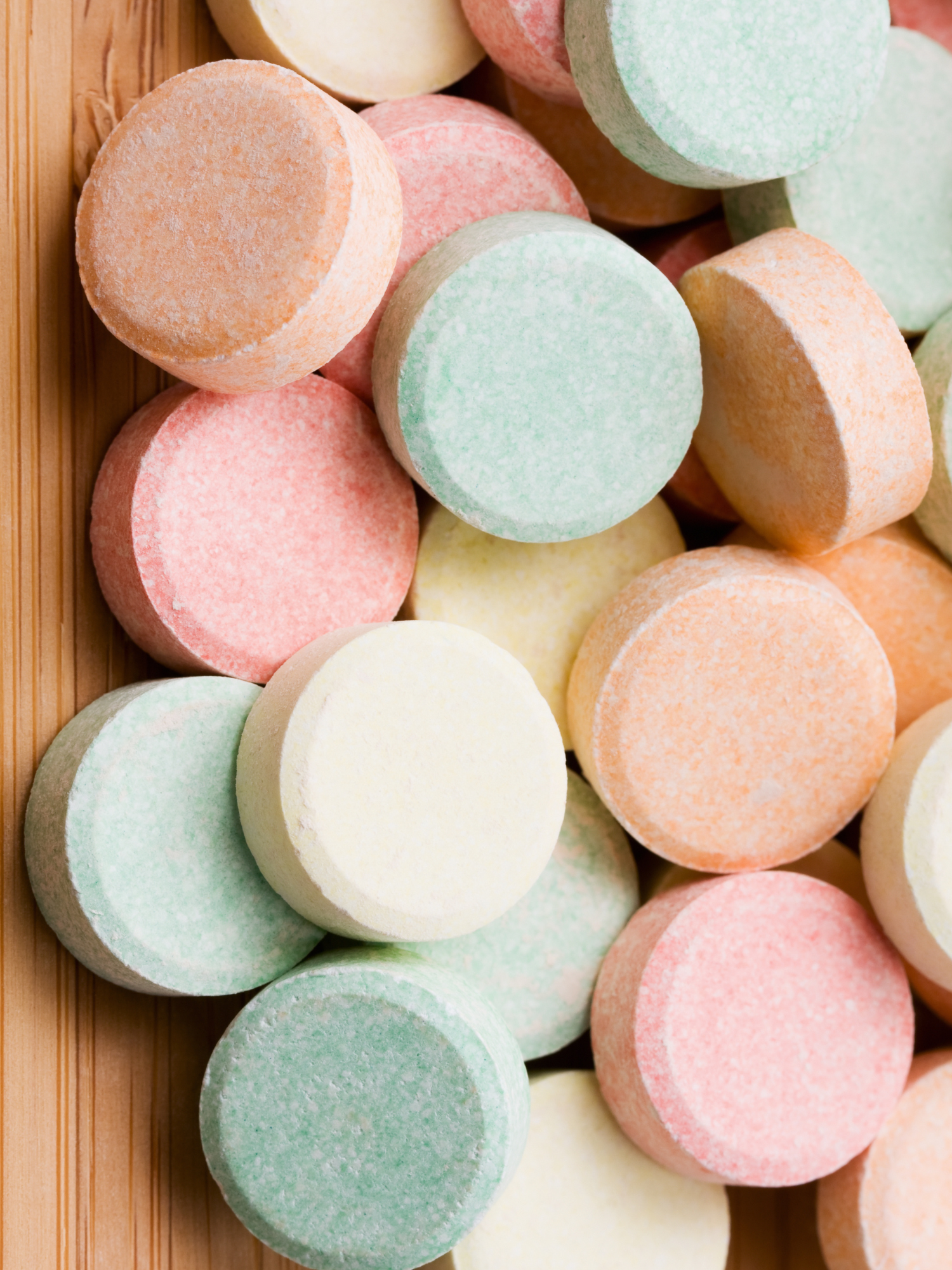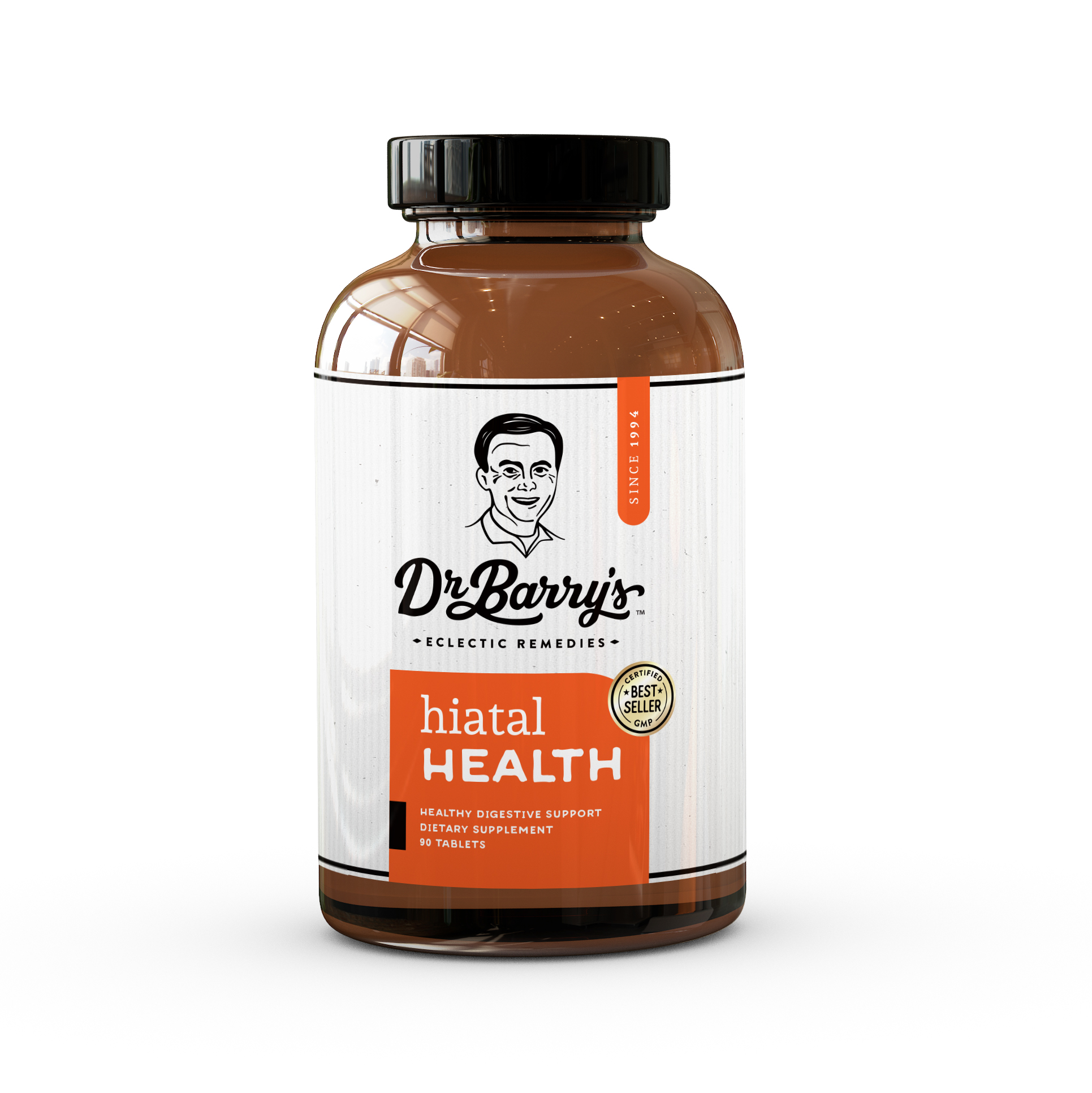Why Do Tums Work ? (in the short term)


“Tu-tu-tu-tu-tuuummmsss”
We all recognize that big, booming voice from the TV commercials telling us, “Don’t change your lifestyle – go ahead, eat that whole pizza!”
The advertisements are clever. They understand that the only thing worse than experiencing heartburn is changing our lifestyle habits. Noooo! Anything but change!
So, they encourage us not to change, not to make healthier choices, but rather, to continue aggravating our reflux, because relief is just a chalky tablet away. Their mission is to sell a product, not to keep our best interests in mind.
These commercials not only encourage poor lifestyle habits, but they trick us into thinking that acid reflux is the problem, when in fact, reflux is a symptom of an underlying problem. It’s that underlying problem that needs to be addressed, but the more we pop those pills, the less we’re seeking real answers.
To illustrate this point, consider this:
Tums work by neutralizing stomach acid; however, heartburn occurs when the LES doesn’t close properly. So, unless Tums has hidden LES tightening capabilities, we’re missing something here.
Let’s backtrack for a moment. What are Tums?
When it comes to antacids, there are generally two categories: Acid blockers and acid neutralizers. Tums is an acid neutralizer, meaning, it neutralizes the acid that is currently present in the GI tract. This accounts for why it may work in the moment but does not have long-lasting effects.
Tums’ main ingredient, calcium carbonate, is processed from pure limestone and is the base that neutralizes acid. Tums also contain sucrose (sugar), as well as red and yellow food coloring.
Taking Tums once in a while is unlikely to do much harm, however, if taken for long periods of time, it can cause excess calcium to build up in the blood, which can weaken bones and lead to kidney stones. Additionally, we know now that adequate stomach acid is needed for healthy digestion, so any time we take a neutralizer, we’re getting temporary relief, but setting ourselves up for long-term consequences.
What’s Causing the Symptoms?
Now let’s get back to treating the underlying causes. If taking Tums long-term is the only method of “treatment” you’re using for acid reflux, you could be doing yourself a great disservice.
Somewhere in your body, there is an imbalance – too little stomach acid, a weak LES, perhaps an infection (such as Lyme, mold, or H-pylori), autoimmune disease, or other GI conditions (such as Candida or SIBO) that could be at the root of the reflux.
Sometimes we just need relief now, and that’s okay! But it’s important to acknowledge patterns of relying on antacids and recognize that the underlying issue needs addressing. If you stepped on a thumbtack and had pain in your foot, you could take Advil all you want to help the pain go away, but at some point, you’ll need to find the thumbtack and remove it.
Healthier Methods of Relief
While you address the root cause, you’ll likely still have reflux from time to time and need some immediate relief. Consider some of these all-natural alternatives to Tums that may just do the trick!
Hiatal Health
Addressing symptoms is a short-sighted way to think about health. Identifying the root causes of acid reflux and learning how to address them naturally is the key to success. This combination of all-natural herbs targets the discomfort of heartburn, acid reflux, and indigestion that is frequently triggered by hiatal hernias or esophageal weakness. By targeting the healing of the esophagus and lower esophageal sphincter, many reflux issues can be resolved. This unique formula has helped thousands of people on their journey toward digestive wellness.
Check the price of Hiatal Health on Amazon!
Digestive enzymes (i.e. papaya enzymes)
Our bodies naturally produce enzymes in the digestive process that help us break down various foods, however, sometimes we need a little extra support. Papaya contains papain which eases digestion. If reflux is aggravated by gas from undigested food, digestive enzymes can help.
Check the price of digestive enzymes on Amazon!
Marshmallow lozenges.
The leaf and root of marshmallow can help with pain, inflammation, and swelling, particularly in the mucous membranes along the GI and respiratory tracts. For this reason, marshmallow extracts have a soothing effect.
Check the price of marshmallow lozenges on Amazon!
Chamomile
A nice cozy cup of chamomile tea after a long day has calming effects on our whole body, including the stomach. It does not neutralize stomach acid the way Tums does, however, it can reduce subsequent pain and irritation in the throat caused by reflux.
Try our calming chamomile latte recipe!
Check the price of chamomile tea on Amazon!

Ginger
Ginger can be useful in instances where a large meal initiates reflux. Ginger reduces stomach contractions. This comes in handy to prevent acid from getting pushed back up in the wrong direction.
Try our Chia Seed Ginger Water!
Check the price of ginger lozenges on Amazon!

Baking soda
Baking soda is the ultimate base, neutralizing acid. Baking soda works the same as Tums to disarm acid, which can give you immediate relief. Dissolve 1/4 teaspoon in 8 oz of water, drink, and you’re all set.
Check the price of baking soda capsules on Amazon!
Hopefully, this post has given you a bit more insight into how antacids like Tums work and how you can naturally achieve the same results. Let us know if you tried something here. We’d love to know how it worked for you!
Here are some other great resources about acid reflux…
5 Foods That Can Trigger Acid Reflux
Top 5 Supplements for GERD and Acid Reflux








